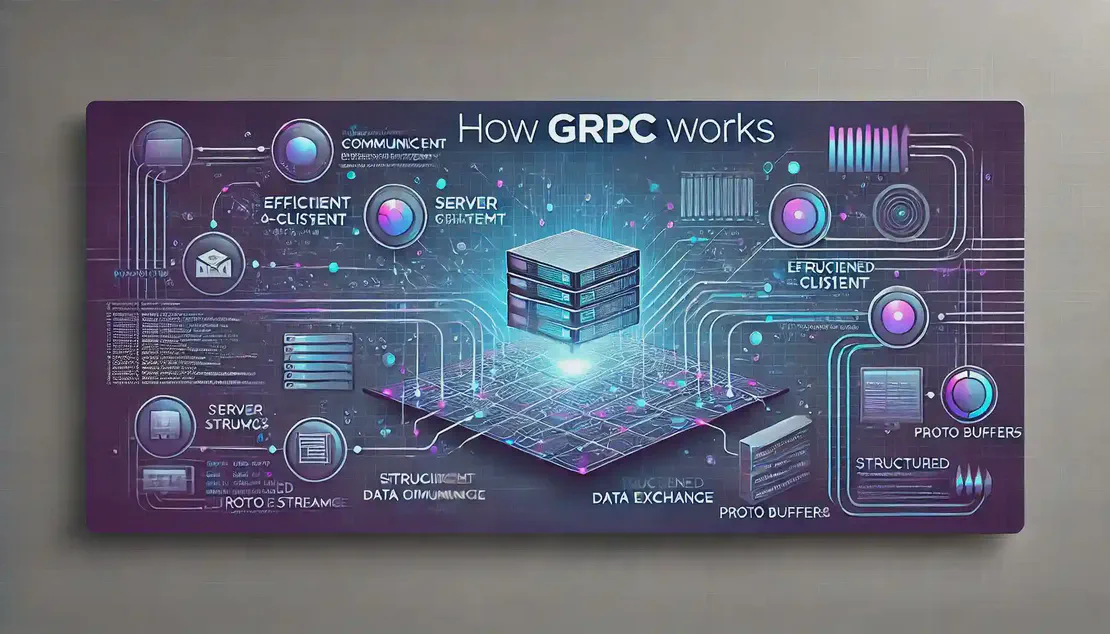
Sidecar Pattern in Microservices
- Vipul Kumar
- System design , Microservices , Sidecar pattern
- November 18, 2024
Table of Contents
🔄 Definition — Event sourcing is a pattern where the state of a business entity is stored as a sequence of events, rather than just the current state.
📜 History Preservation — This approach allows for the complete history of changes to be preserved, which is useful for auditing and regulatory compliance.
🔗 Atomic Operations — By storing events, event sourcing ensures that operations are atomic, avoiding inconsistencies that can occur with traditional transaction models.
📊 Event Store — Events are stored in an event store, which acts as both a database and a message broker, allowing services to subscribe to events.
🔍 CQRS Integration — Event sourcing is often used with the Command Query Responsibility Segregation (CQRS) pattern to separate read and write operations, enhancing performance and scalability.
Benefits of Event Sourcing
📈 Scalability — Event sourcing allows systems to scale efficiently by decoupling the write and read operations, often using CQRS.
🔍 Audit Trail — It provides a complete audit trail of all changes, which is crucial for compliance and debugging.
🔄 Replayability — Events can be replayed to reconstruct past states, enabling features like time travel debugging and historical analysis.
🔗 Decoupling — By using events, systems can be more loosely coupled, allowing for easier integration and maintenance.
🛠 Flexibility — The pattern supports complex business logic and workflows by allowing different services to react to events independently.
Challenges and Considerations
⚠️ Complexity — Implementing event sourcing can be complex, requiring a shift in how data is managed and understood.
⏳ Eventual Consistency — Systems using event sourcing are often eventually consistent, which can complicate real-time data requirements.
🗄 Storage — The need to store all events can lead to large data volumes, necessitating efficient storage and retrieval strategies.
🔄 Schema Evolution — Managing changes to event schemas over time can be challenging, requiring careful planning and versioning.
🔍 Debugging — While event sourcing provides a full history, debugging can be complex due to the need to understand the sequence of events.
Event Sourcing Examples
🛒 E-commerce — In e-commerce systems, event sourcing can track all changes to orders and inventory, providing a complete history.
🏦 Banking — Financial systems use event sourcing to maintain accurate transaction histories and support auditing.
📈 Analytics — Event sourcing is used in analytics platforms to track user interactions and generate insights from historical data.
🚗 Transportation — Ride-sharing apps use event sourcing to track rides, driver locations, and user interactions.
🏥 Healthcare — Medical record systems use event sourcing to maintain a detailed history of patient interactions and treatments.
Follow me on: LinkedIn | WhatsApp | Medium | Dev.to | Github
